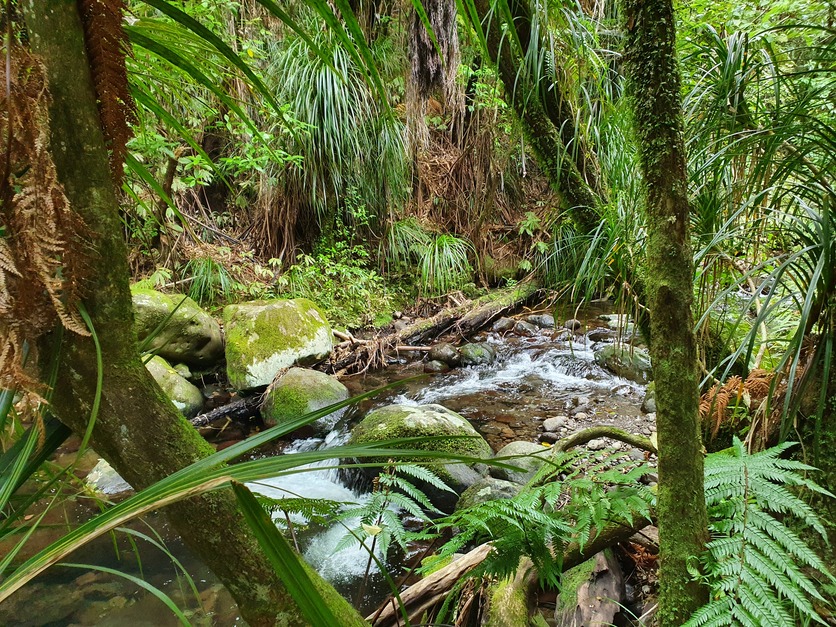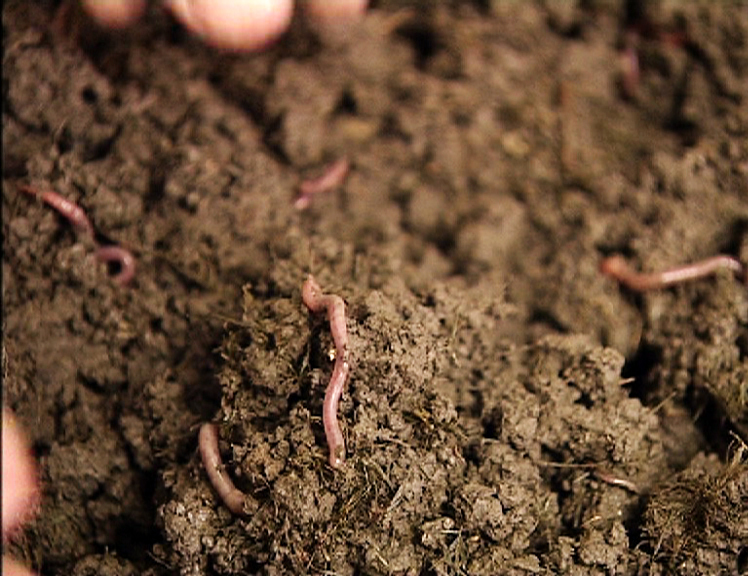Our activities on the land have wide-ranging effects on Aotearoa New Zealand’s diverse ecosystems and the biodiversity they support.
Our land 2024 is an environmental report produced by the Ministry for the Environment and Stats NZ. The data used in the report comes from many sources, including mātauranga Māori. The report recognises the detailed local knowledge held by mana whenua.
Ngā tohu o te taiao – observing the natural world
Māori have developed detailed intergenerational knowledge of their local environments over hundreds of years through a long and close association with the land and its resources. Many hapū and iwi have developed approaches for monitoring land environments. The approaches are typically guided by Māori values and are fundamental to developing strategies led by local communities to reduce or adapt to environmental pressures. There is increasing global recognition that monitoring biodiversity and taonga species can enrich understanding of the state of our land environment.
Examples of these indicators in action can be seen across our forests, cities and waterways. Local observations of forest health help to understand changes over longer-term periods and can be seen through indicators that are important to hapū and iwi. Indicators of forest health are often connected to the wider environment. For example, the sound or the smell of the wai (water) in the forest can be taken to indicate of the vitality of the living force of the forest.
Observations of the natural environment are also often linked to the maramataka. Similar to other indigenous peoples, hapū and iwi in regions or catchments have developed complex time systems integrating celestial, environmental and ecological occurrences (flowering of certain plants) to track time and seasonality (occurrence of particular weather patterns) and guides to all gardening and soil practices through the year.
Utilising holistic approaches to monitoring
Mauri is an ao Māori concept that describes the energy or life-supporting capacity of the system that permeates all living and non-living things. It is often referred to as the essential essence of life and is the binding force that holds together the physical and spiritual components of a being or thing. The vibrancy of an ecosystem’s mauri increases the likelihood of other key benefits it provides.
Some aspects of monitoring utilise mauri to understand the state of our ecosystems and to provide resilience in the face of environmental degradation. Combining mātauranga Māori and Western scientific knowledge can create more robust and holistic monitoring approaches.
Monitoring tools that incorporate iwi values and viewpoints when making decisions about land use can help shift the focus from economic growth to sustainability.
Oneone – more than a commodity
For Māori, connection to land is through whakapapa, placing people in a special relationship as a part of ecosystems. This is reinforced through the localised world views of many whānau, hapū and iwi. These connections are emphasised in te reo Māori, where the word ‘whenua’ means both ‘land’ and ‘placenta’, to give nourishment and sustenance. Māori view soil as a living entity and not just a commodity.
Many core Māori values provide a strong basis for soil indicator development. Māori have differentiated soils for many years, with over 100 names for soil that help describe its qualities and characteristics such as wetness, stoniness and colour. Understanding land quality, fertility and health centres on its ability to support life, health and wellbeing. Other factors considered important, based on a holistic approach, include the biology of soils such as the quantity and health of microbes and organic matter (soil carbon) in the soil, the number of earthworms (earthworm counts per unit area or volume of soil) and other culturally important fauna and flora (taonga). Part of the rationale is to learn the whakapapa of the soil and the interdependencies and interconnections between ecosystems, plants, animals and humans.
Related content
Resources listed under the māramatanga Māori concept look more closely at mātauranga Māori and ngā tohu o te taiao.
Tupuānuku – land and soil explores soil quality and soil losses, and why healthy soils are important.
Ngāti Hauā Mahi Trust leads environmental and restoration projects for multiple river catchments.
Soil is a habitat and is full of life that we can and cannot see.
Oneone – soils is a collection that supports pilot-ready Agricultural and Horticultural Science 1.3 Demonstrate understanding of how soil properties are managed in a primary production system. It is also useful for anyone interested in soils and primary production.
Activity ideas
Ake Ake – forever and ever uses the Ake Ake model to explore changes in a local environment using ao Māori perspectives.
Conduct a visual soil assessment to examine the soil structure and soil porosity and do an earthworm count.
Titiro – observing my environment provides students with the opportunity to actively use all five senses to make observations in an outdoor school setting.
Te mana o te wai explores the concept of mauri – the health and wellbeing of a waterway.
Kiwi Kai is a serious game that incorporates ao Māori concepts such as mauri, manaakitanga, mana, taiao ora, mahinga kai and maara kai.
Useful link
Stats NZ and the Ministry for the Environment report on different aspects of Aotearoa New Zealand’s environment every 6 months. Access their reports here.
Acknowledgement
This resource has been produced with the support of the Ministry for the Environment and Stats NZ. © Crown copyright.




